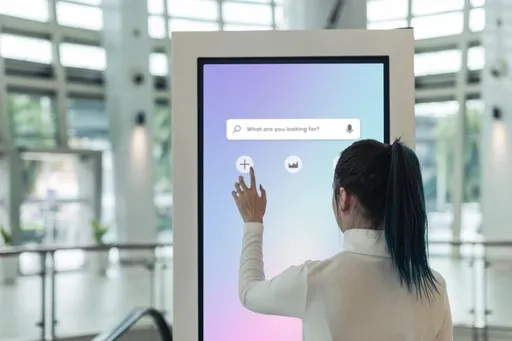Prior Experienc
Case Study 1
Reducing Agent response times by 50% at Call Center of leading Bank

Challenge
The Call Centre Of one Of the largest banks in India provides customer support for thousands of customers through a dedicated call center. It takes an average of 210 sec for an officer to fetch caller information and process the request

Solution
The approach involved studying the behavior patterns ot a Call Centre agent to understand the agent’s journey in responding to the customer, and identifying the different steps where time could be reduced. The solution was a mix of service redesign and technology interventions. Subsequently, the agent spent much less time authenticating the customer and getting the right inforr-nation to service the customer request.

Impact
The agent got better Customer
satisfaction scores, and could cater to more customerR Given ha ppier customers, the Bank also expected agent attrition to come down
Average 210 sec to 110 secs
case study 2
Building out a GTM strategy for a health kiosk

Challenge
An integrated health kiosk for screening of health parameters had been in market for S years, but had limited sales and most were on POC basis They were also addressing multiple segments including gyms, hospitals, Covernment clinics, wellness centers as well as international opportunities. Scattered sales team and messaging created more issues

Solution
It was important to rationalise the team and the segments that the company could go after. The sales team was re-
structured and key segments were identified to go after, Given the limited resources of a start-up it was important not to spread oneself thin, All the collateral and messaging was streamlined to cater to only the market segments of choice.

Impact
The team was quickly rationalised bringing the costs down by 70%. Greater focus on the chosen segments also aligned the marketing collateral and the partnership strategy.
Cost Down By 70%
case study 3
Commercialising In-House IP

Challenge
At a large IT organisation, they had built a tool to simplify the process Of requirement gathering for any software project. Civen this intellectual property came about in the normal course Of business for the software organisation, could be a larger opportunity by showcasing this innovation as a product and commercializing this intellectual
property.

Solution
The tool was branded and a proper framework established to price the tool. It was also key to build case studies around the use Of the tool Which translated to direct business benefits. For the first few projects metrics were captured to show time of completion of projects, speed of execution and the hours saved with respect to similar projects where there was re-work due to lack of understanding of requirements,

Impact
It was possible to pitch any project with branded tools more effectively against competitor bids, It also helped give a better price realisation for projects that bid for, given that there were clear business benefits for the customer.
case study 4
Setting up 300 person offshore center with BPO and Technology resources in record time

Challenge
A Digital ID verification and fraud prevention platform in the UK verifies customer identity by using sophisticated Al models followed by physical verification by trained personnel for greater accuracy, With rapid growth in business, setting-up and scaling an offshore

Solution
An offshore development center in India was set up with the skilled resources in technology and ID verification specialists. Profiles of technology team numbering around SO included engineering talent from Quality, Network Operations Center, Front end development, product management, and API Integration. Skilled resources for ID verification numbering 250 also recruited in record time. The flexible engagement, good governance, and hybrid model Of working enabled the organization to scale quickly, easily, and cost-effectively With adherence to the highest standards of globally accepted business practices.

Impact
Core teams in technology and ID verification (BPO) were set-up in less than 6 months, with 24×7 coverage, including team training and knowledge transfer. Target business metrics were also achieved in this time. A culture of transparency, integrity, and trust was built with communication protocols and collaboration tools. Infrastructure for facilities management, and compliance to local regulations was also
ensured,
